LAST UPDATED: June 22nd, 2021
In life, many individuals seek fame and fortune. As hunters, our aspirations tend to come more in the form of acreage. We would like nothing more than a near endless tract of bountiful land on which to hunt. That doesn’t seem like too much to ask, right?
In reality, if you find yourself with vast tracts of prime hunting ground at your disposal, you would stand as part of a fortunate minority. A substantial number of hunters today find themselves lacking land access on an ever increasing basis.
The truth is, with the rapid development of rural areas and the frequent subdivision of large farms into smaller tracts, opportunities for access to large plots of land are dwindling.
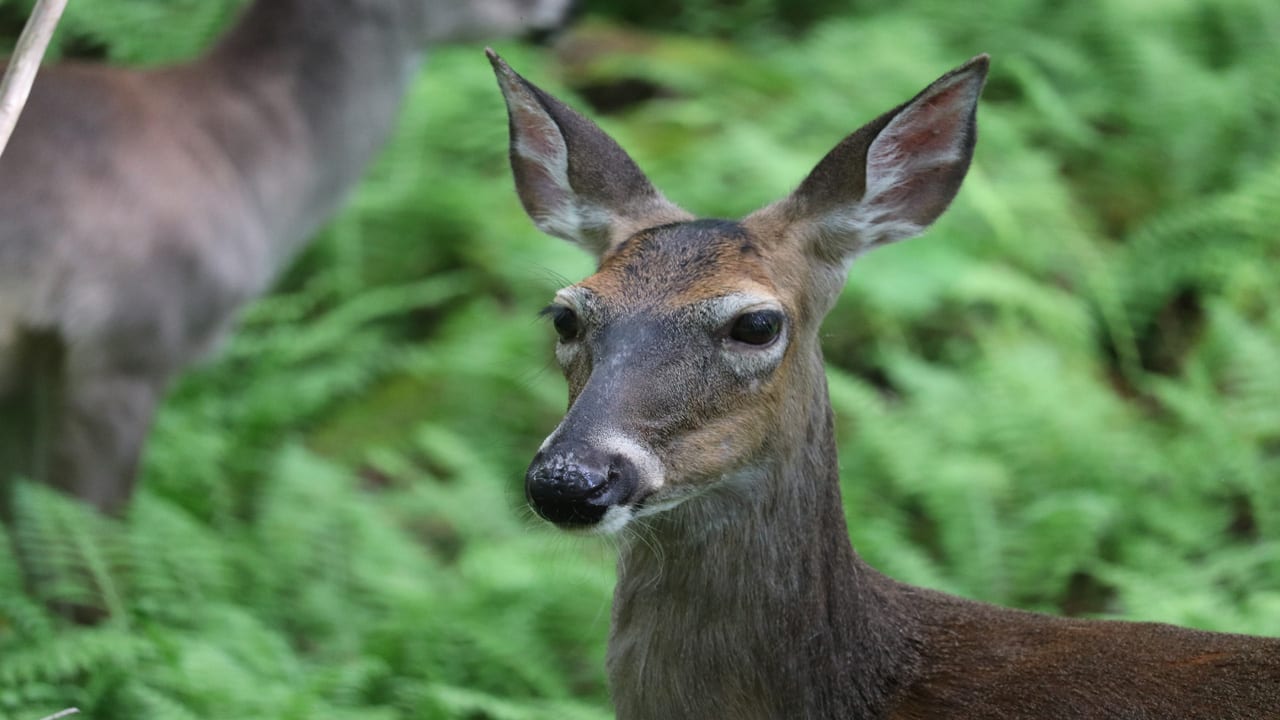
Often lost in translation however, is the fact that outstanding hunting can be had just as easily on small acreage. Many of these landowners have never received any inquiries seeking permission to hunt, often leading to readily available access.
With this in mind, hunters who seek permission to hunt small properties will be accessing an untapped resource of sorts, often yielding favorable results.
Hunting limited acreage does not come without its share of trials. What follows are ten tips for making the most out of hunting small scale properties. Here’s a look at how to hunt small acreage for deer.
Use Aerial Maps
Just as when gaining access to large tracts of land, a hunter’s first order of business typically comes down to discerning the lay of the land and how deer utilize the property’s infrastructure.
Aerial maps can be found in abundance on the internet, and often prove invaluable in discerning a starting point from which to plan successive scouting efforts.
The bird’s eye view that aerial maps provide allow an individual to assess key travel features such as funnels and pinch points that otherwise would be less readily identifiable.
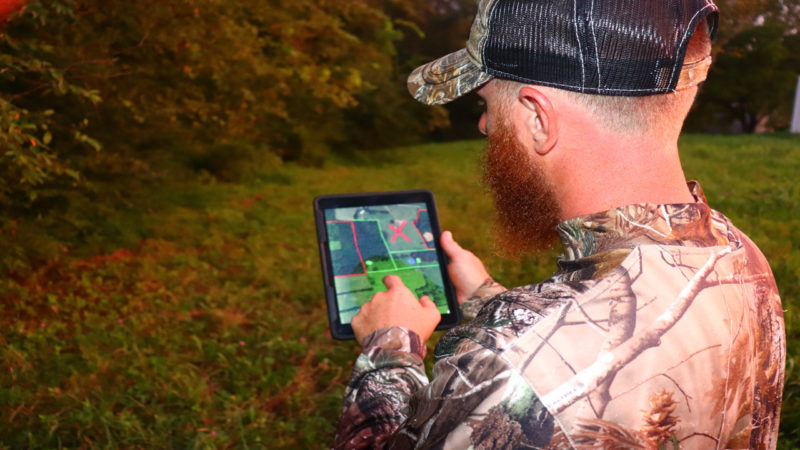
Burn Some Boot Leather
It is always advisable to make a priority out of visiting the property to scout in a hands-on fashion.
When physically surveying a property, a hunter is able to take note of items such as well worn trails, remnants of past rut sign, and mast bearing trees. All of which potentially signal areas that warrant further attention.
Establish Travel Patterns
Whitetail deer rely heavily on a basic bed to feed routine to facilitate their survival. In knowing this, an individual is able to hunt far more efficiently when armed with a clear understanding of how deer utilize this routine in relation to the property where they reside.
It is vital to establish, to the best of your knowledge, the location of prime feeding locations, frequented watering holes, and preferred security cover within the general area, as well as the travel corridors that interlink these features.
Allow Trail Cameras To Work For You
The use of trail cameras on a newly acquired hunting property can be an extremely efficient tool for securing a vast amount of knowledge in a short period of time.
On properties of small acreage, even relatively few cameras can quickly yield a substantial working knowledge of how local deer utilize the tract of land. Trail cameras are also an invaluable tool for cataloging herd numbers and age structure as well.
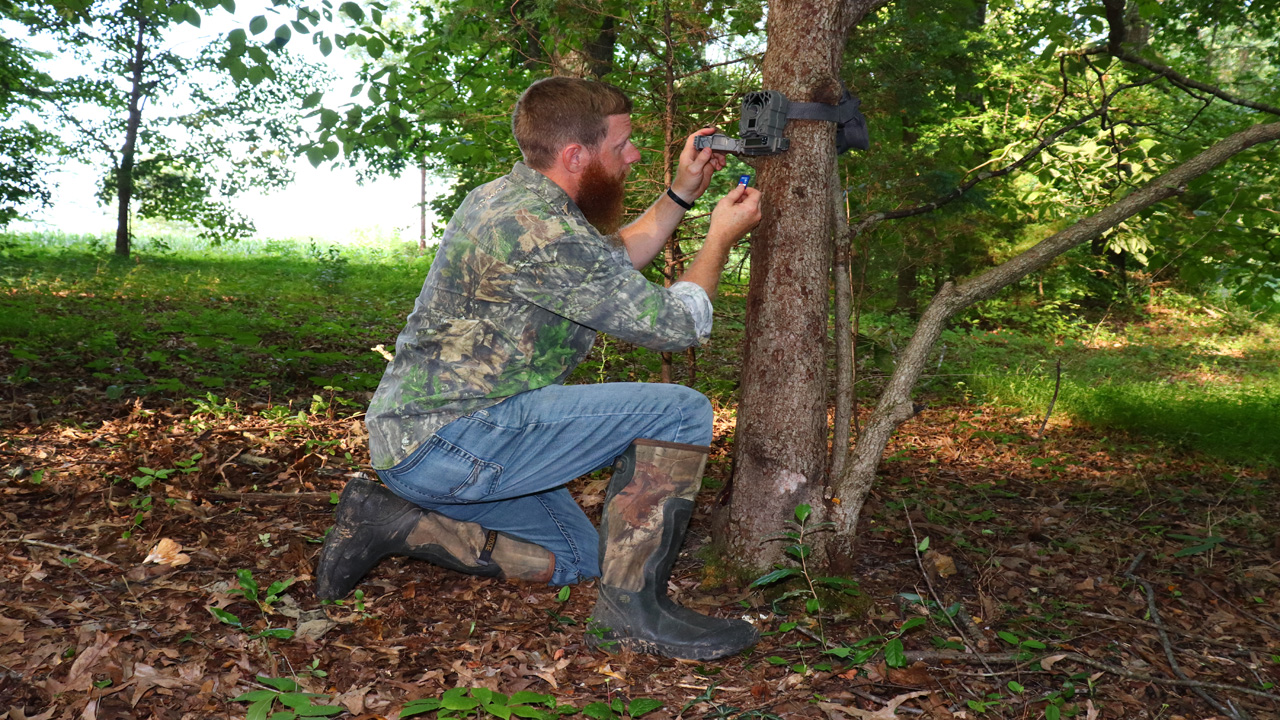
Efficiently Locate Stands
Much care must be taken when placing stands in order to hunt properties of small acreage. On large tracts of land, there are typically a multitude of locations to choose for stand placement that still allow deer that are utilizing the property to remain undisturbed upon your arrival and departure.
In contrast, small acreage properties commonly are less abundant in potential stand sites and it is paramount that an individual carefully studies the viability of entrance and exit routes before hanging a stand.
Minimize Pressure
On any property that is hunted, with every intrusion, pressure of one form or another is imparted upon the deer of that area. With time, this pressure can result in an increase in nocturnal movement, or worse, a total avoidance of the area by deer altogether.
These effects are greatly magnified when hunting small acreage due to the concentration of pressure within one specific area.
Over frequently intruding to check trail cameras, being careless in choosing your entry and exit routes, and venturing too close to known bedding areas all impart excessive pressure and are practices that are best avoided.
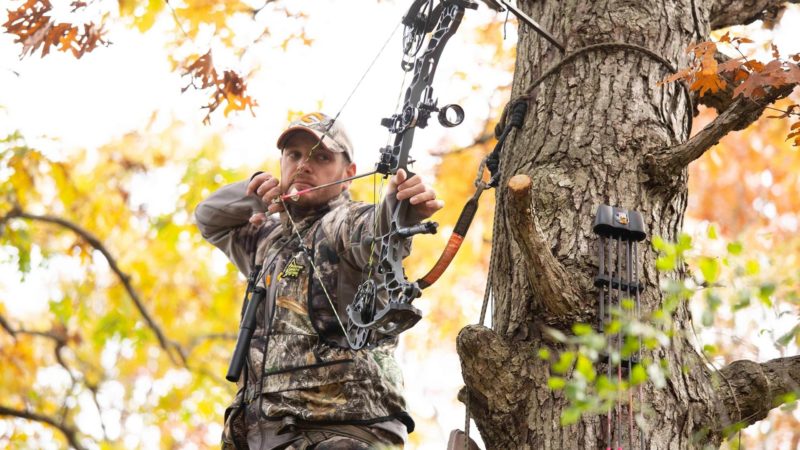
Come And Go Unannounced
In an effort to reduce the length of travel distance to and from their stand, many hunters park their vehicles unnecessarily close to the areas they intend to hunt.
However, in doing this, deer have more than likely been made aware of your presence, whether you are aware of their presence or not. On small acreage, very little noise is required to push deer to a neighboring property of which you do not have access.
Because of this, much care must be taken to minimize the sound you produce, even if this means a longer walk to the stand.
Keep Scent To A Minimum
Proper scent control is of utmost importance when trying to get the most out of your small acreage hunting. A deer that has winded a hunter will likely retreat to the nearest security cover in the area.
Unfortunately for most hunters on small tracts of land, this is all too often on a neighboring property.
A pre-hunt shower in scent eliminating body wash, the proper treatment of clothing, and thorough application of scent eliminator are all important key points of odor reduction that come highly suggested.
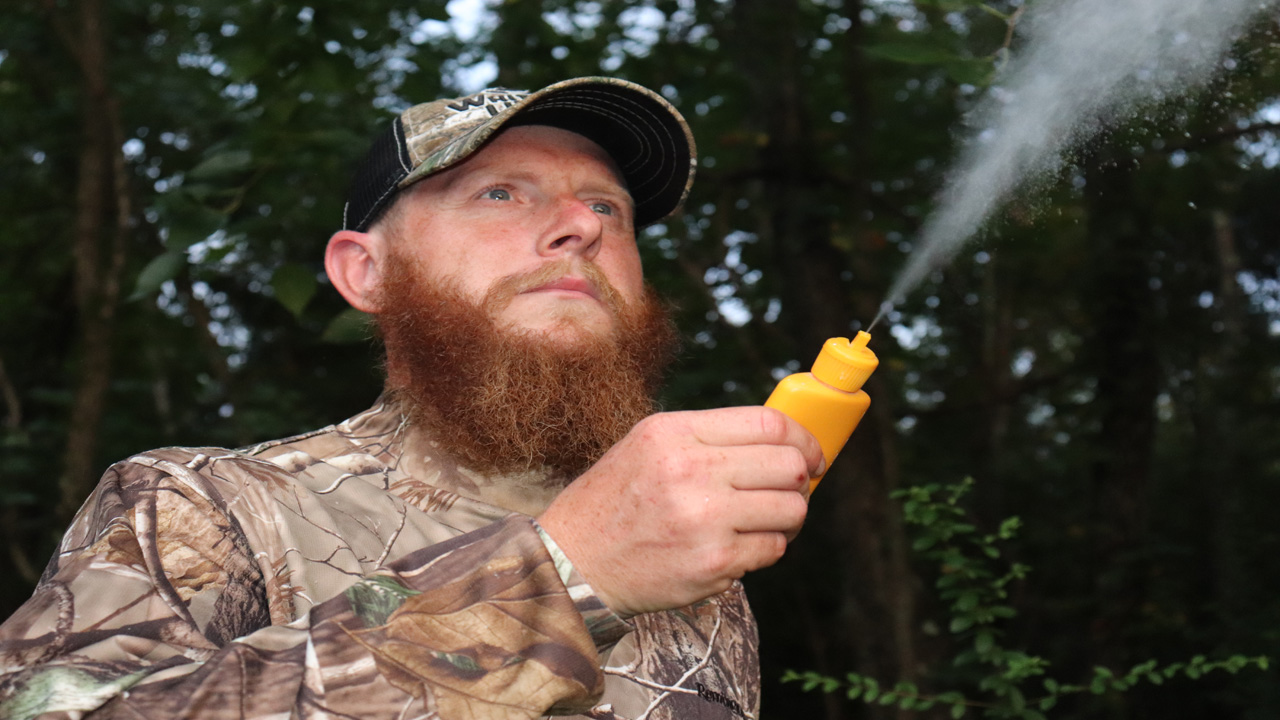
Time Hunts Efficiently
Sure, every hunter wants to be in a stand as much as possible. But when hunting farms of minimal size, the thought of being in a stand every daylight minute needs to be metered with caution.
When hunting a tract of land that might only hold two or three stand sites, deer quickly become aware of your presence. Soon daytime movement plummets and you are left to wonder where the deer you previously had on camera have gone.
For this reason, it is best to pick and choose the times of highest value to go afield. Prevalence of deer movement based on trail camera checks, presence of proper wind, and the presentation of optimal weather conditions are all worthy of careful consideration.
Change Things Up
Do to a lack of area to cover when hunting small parcels of land, deer quickly begin to pattern the human intrusion they witness.
Inevitably, try as you might, you will be busted on stand at some point. Very few of these occurrences are required for deer to start varying travel patterns, rendering stand sights ineffective.
If deer begin to become wise to your location, and suitable alternative locations for a stand exist, don’t be hesitant to move a stand or even pack in a climber to throw the local deer a curve ball.
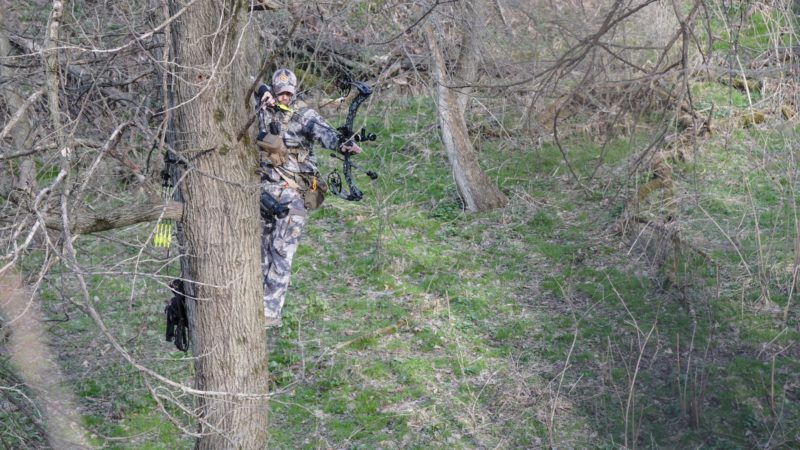
How To Hunt Small Acreage For Deer
While farms of vast proportions offer much in the way of elbow room, this does not always equate to superior hunting. Even a property as small as five acres can produce excellent hunting if ideal in nature.
When we as hunters look past the perceived limitations of small tracts of land, and begin to formulate a steadfast and thorough strategy for hunting such properties, we often find an overlooked and unexpected slice of hunting heaven.

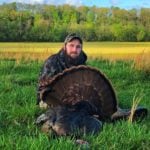 By
By 



